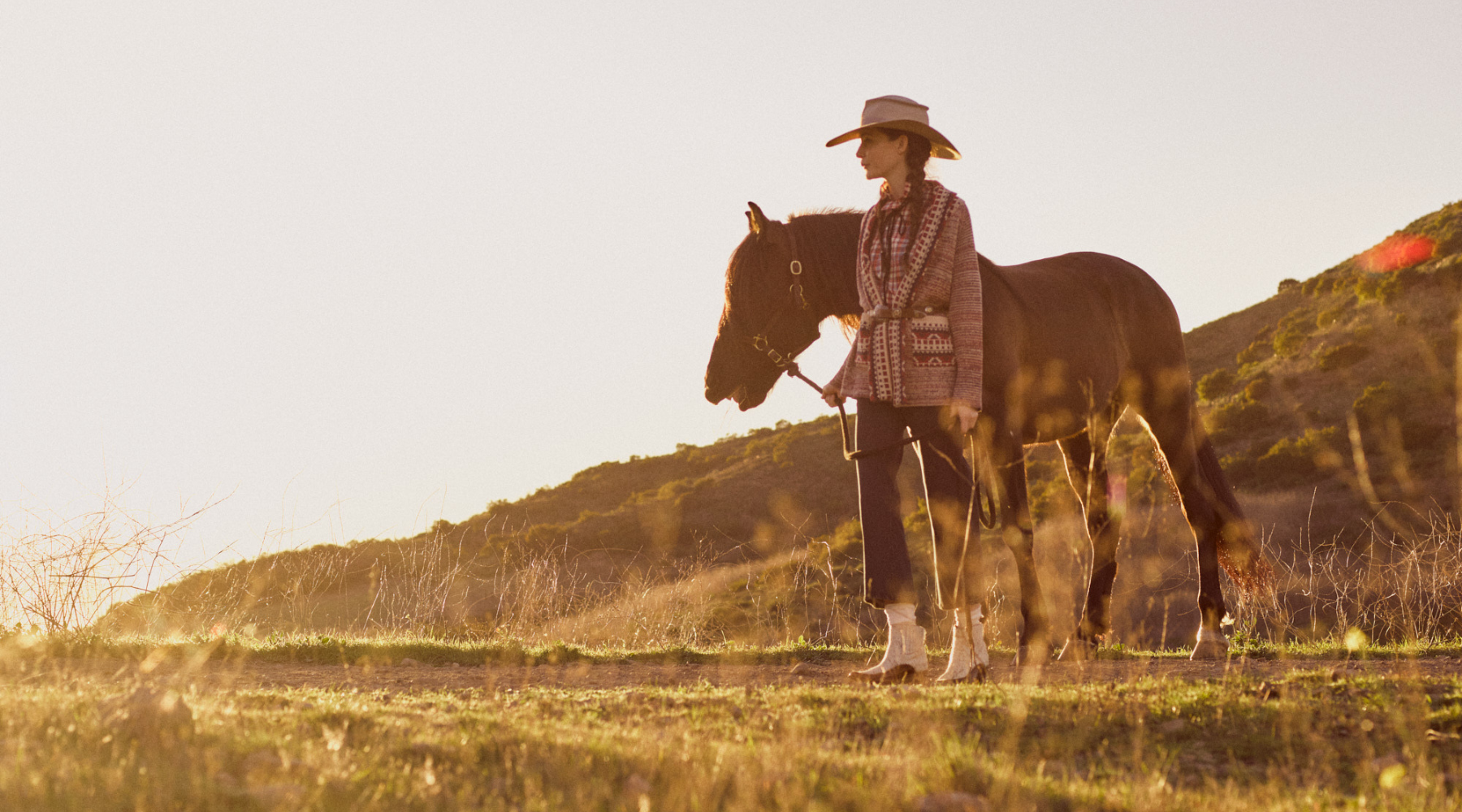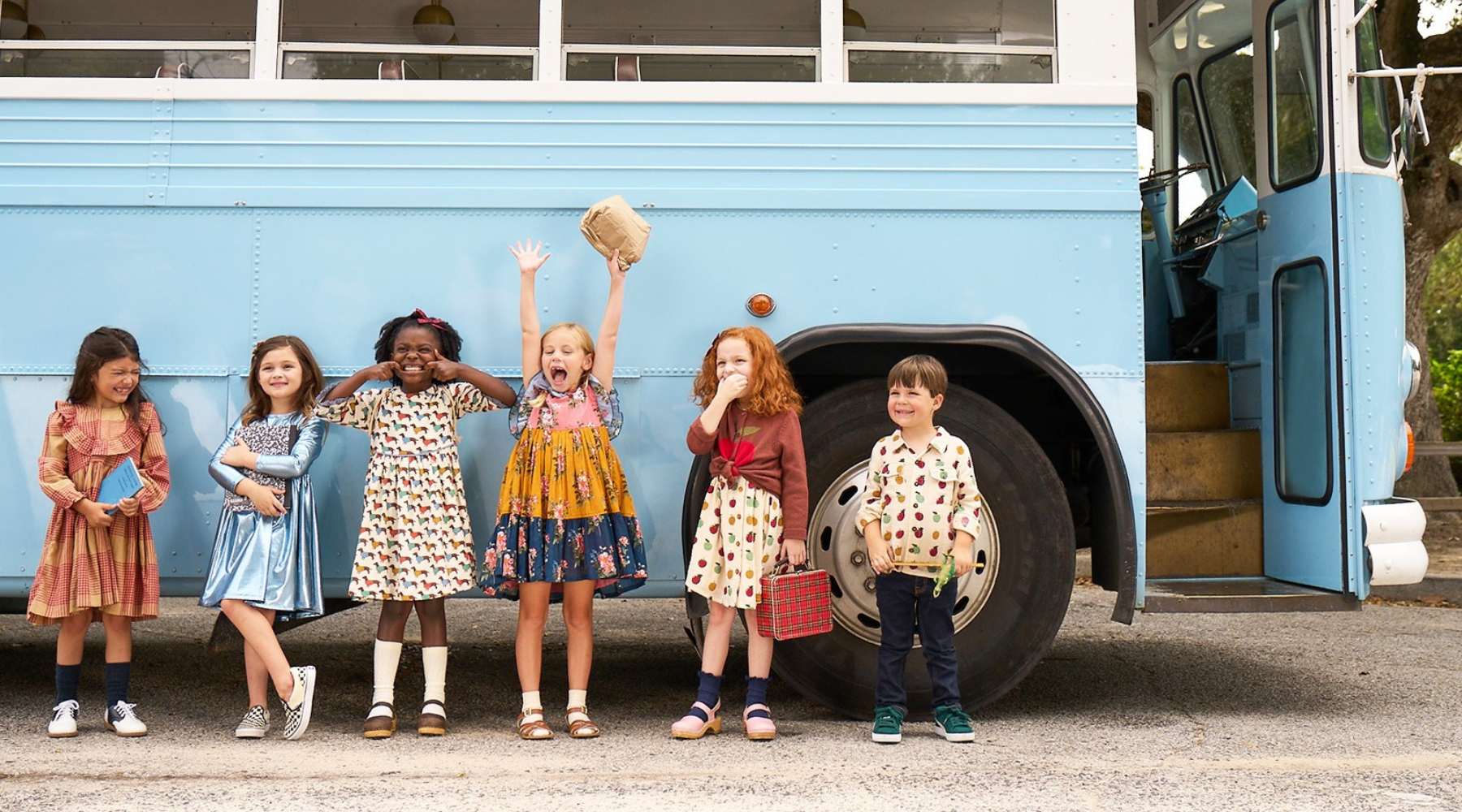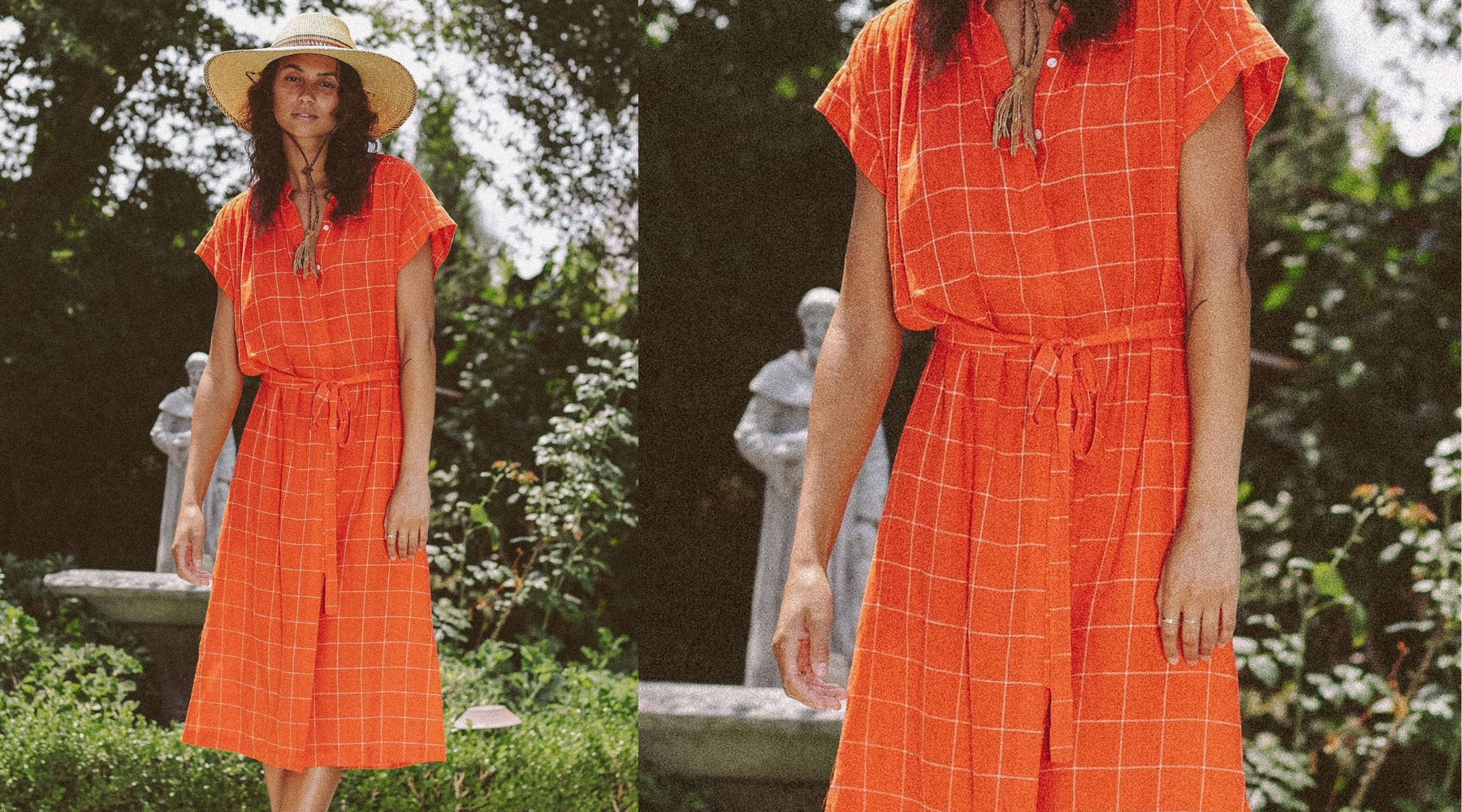
Behind the Scenes of The Great Clothing's Design Process and Commitment to Sustainability
The fashion industry is a massive contributor to environmental degradation and unethical practices. From the use of toxic chemicals to the exploitation of workers, the industry's impact on the planet and its people is alarming. Despite this, some fashion brands are taking responsibility and working towards sustainability and ethical fashion. The Great Clothing is one such brand that is committed to making a positive impact. The brand has made significant strides towards reducing its environmental impact and improving the ethical practices of its operations. In this article, we'll delve deeper into The Great Clothing's design process and explore the brand's sustainability commitments.
The Great Clothing's Design Process
The Great Clothing's design process is focused on creating classic, timeless pieces that are made to last. They use high-quality materials and prioritize craftsmanship to ensure that their pieces stand the test of time. The design team at The Great Clothing draws inspiration from vintage pieces and traditional work wear. This inspiration is evident in the brand's aesthetic, which is classic, casual, and effortless.
When designing a new piece, The Great Clothing's team considers every detail. They think about the fabric, the fit, and the functionality of the piece. They want their customers to be able to wear their clothes in a variety of settings and for different occasions. This is why their pieces are so versatile and easy to wear.
The Great Clothing's Commitment to Sustainability
The Great Clothing's commitment to sustainability is evident in every aspect of their business. From the materials they use to their manufacturing processes, they prioritize eco-friendly practices.
Materials
The Great Clothing uses eco-friendly materials whenever possible. They use organic cotton, recycled cotton, and Tencel in their clothing. These materials are better for the environment because they require fewer resources to produce and have a lower carbon footprint. Additionally, they use deadstock fabrics whenever possible. Deadstock fabrics are excess fabrics that would otherwise go to waste. By using these fabrics, The Great Clothing is able to reduce their environmental impact.
Manufacturing
The Great Clothing's manufacturing process is designed to be as sustainable as possible. They partner with factories that prioritize ethical and eco-friendly practices. These factories are located in the United States, which means that The Great Clothing's carbon footprint is lower because they don't have to ship their products from overseas.
Additionally, The Great Clothing produces their clothing in small batches. This means that they only make what they need, which reduces waste. They also have a repair program, which allows customers to send in their clothing for repairs. This extends the life of their clothing and reduces the amount of clothing that ends up in landfills.
Packaging
The Great Clothing is committed to reducing their packaging waste. They use recyclable and biodegradable packaging materials whenever possible. Additionally, they don't use any plastic in their packaging. Instead, they use paper and cardboard. They also encourage their customers to reuse their packaging or recycle it.
Community
The Great Clothing is committed to giving back to their community. They donate a portion of their profits to organizations that support social and environmental causes. Additionally, they participate in community events and volunteer their time to local organizations.
The Great Clothing's commitment to sustainability is inspiring. They prioritize ethical and eco-friendly practices in every aspect of their business, from the materials they use to their manufacturing processes. By doing so, they are helping to reduce the fashion industry's environmental impact and create a more sustainable future. As consumers, we have the power to support brands that prioritize sustainability. By choosing to shop at brands like The Great Clothing, we can help create a more sustainable fashion industry.


